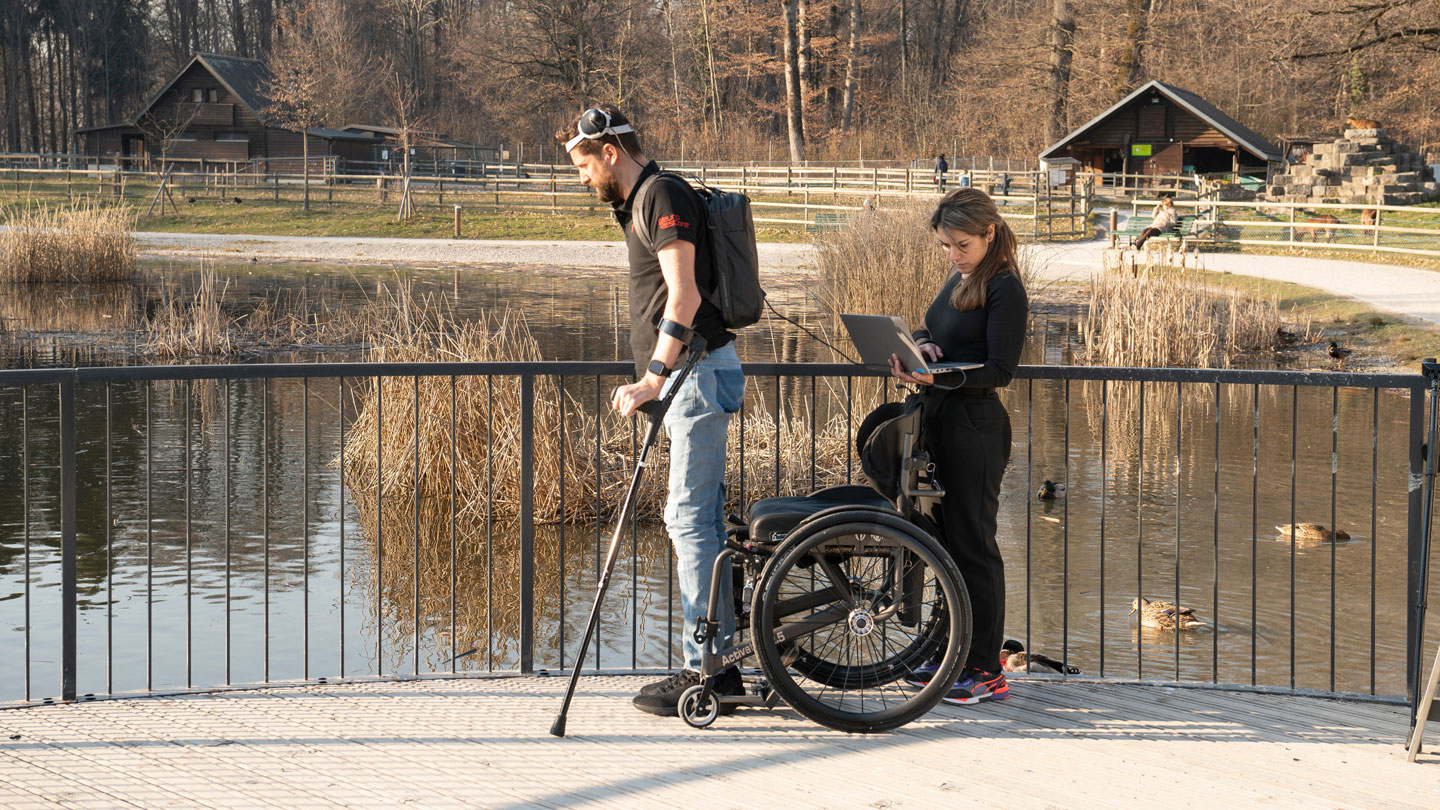A system that restores communication between the brain and spine has enabled a man paralyzed by a spinal cord injury to regain near-natural walking ability.
“The results are consistent with what I’d hope would happen, which is encouraging,” says V. Reggie Edgerton, a physiologist at Rancho Los Amigos National Rehabilitation Center in Downey, Calif., who was not involved in the study. Still, in terms of treating spinal cord paralysis, he says, “we’re at the stage of the Wright brothers and flight.”
Spinal cord injuries can interrupt communication between the brain and spine, causing paralysis. Previous research showed that stimulating spinal cord nerves can produce movement (SN: 8/3/22), but this is the first time that a patient’s own brain activity has been used to re-establish voluntary control of leg movements.
A biking accident 12 years ago left the 40-year-old man, who prefers to be identified by his first name, Gert-Jan, paralyzed with an incomplete spinal cord injury. Six years later, he enrolled in a clinical trial involving a spinal cord implant that stimulates nerves that control leg movements. He regained the ability to step with a walker, but this involved making unnatural heel movements, picked up by motion sensors, to trigger preprogrammed nerve stimulation patterns. He had difficulty starting and stopping, and could walk only over flat surfaces.
2023-05-24 10:46:19
Source from www.sciencenews.org
















